
views
Preparing for the Presentation
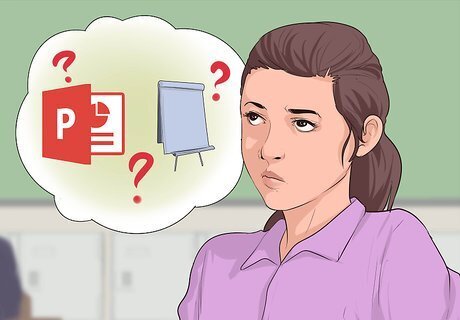
Understand the instructions for the presentation. It is important to follow all the instructions your teacher has given. If there is something you aren't sure about, be sure to ask. What is your presentation supposed to be about? How many minutes should your presentation last? Should the presentation include a visual aspect as well? For example, should you have a PowerPoint presentation, a flip chart, or other props? Are you allowed to have note cards in your hand while you present?
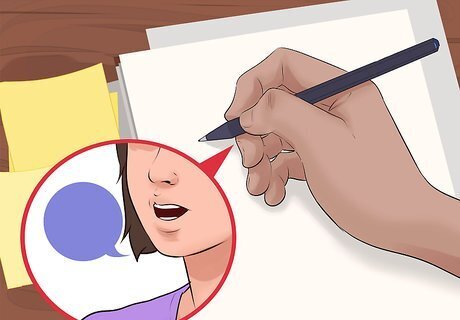
Write out what you want to say. During the real presentation, it's best to present either from memory or using a few note cards; however, it can be helpful while making your presentation to write out what you want to say word for word. This will help ensure that you don’t miss anything important, and you won’t be struggling to find the right words later on. If you are creating a visual presentation, writing out everything that you want to say will also help you pick out important points to include in the visual part of the presentation.
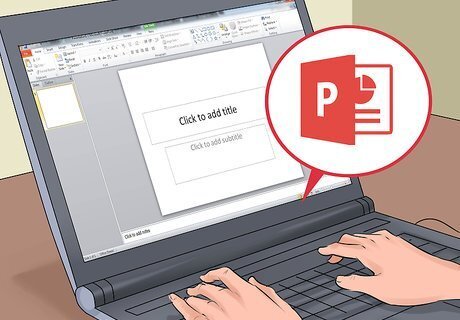
Use visuals or a slideshow to create your presentation. One of the most common ways that people create presentations today is using Microsoft PowerPoint. Create a slideshow and include a slide for each main point of your presentation. Remember not to overload your slides with too much information. Include one or two bullet points that make your main point. If you can, use an image that will enhance what you’re saying. If you have been instructed to use a poster board or flip chart, then create your presentation using bold markers that will be able to be read easily from a distance. Consider gluing on images that help your presentation make sense. As with PowerPoint, make sure not to make your poster/flip chart too busy. You want your visuals to aid your presentation, not take over it. Keep the presentation simple and neat. Unless your teacher has given specific instruction on this, stick to fonts and colors that are neutral and easy to read, like Garamond, Arial, or Times New Roman. Find ways to use pictures that can illustrate what you are talking about with your words. For example, if you are presenting on an important battle in history, you might find paintings, drawings, or photographs and use those to help your listeners imagine the battle.
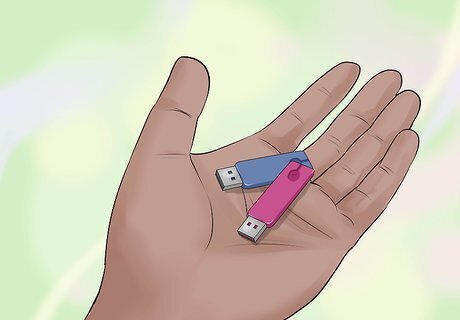
Bring more than one copy of your presentation. Many times, people have prepared wonderful presentations only to find out that they aren’t able to open it on the day of the presentation because of some technical problem. It is a good idea to have your presentation (assuming it is an electronic presentation) saved and accessible in several different forms. For example, you can save your presentation on one or even two different USB sticks, and you can also email the presentation to yourself. This way, you have a few different options for getting it open.

Choose appropriate clothing. Although it may seem silly to you, if you want to impress your teacher, you will want to look nice on the day of the presentation. If you have a school uniform that your school requires you to wear, make sure it is clean and pressed. If you can wear what you want, try to dress business casual on that day. If you’re giving your presentation late in the day bring your presentation clothes with you and change into them right before class. If you’re giving the presentation early in the day, come dressed for the presentation and then have more casual clothes to change into, if you don’t want to wear your nice clothes all day. It is a good idea to lay out the clothes that you want to wear the night before. This way, you will know they are ready to go, and you won’t have to think about what you will wear at all on presentation day.
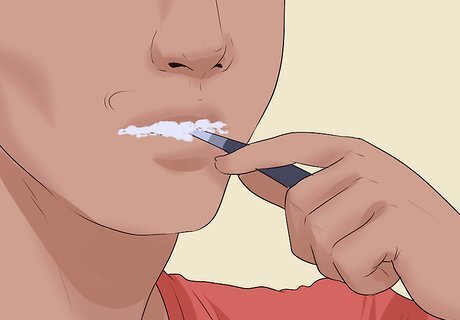
Make sure you are well-groomed. On the day of the presentation, take a little extra time to look nice. Bring your toothbrush or some floss so that you can get anything embarrassing out of your teeth before your presentation begins. If you wear makeup, consider bringing a bit of makeup for a touch up before your presentation. You could also bring a comb or brush to make sure your hair is neat.

Get a good night’s rest. Though it can sometimes be hard to sleep when you’re feeling nervous about something, do your best to get to bed on time. If you can’t relax, try having a warm cup of tea and do something that you find relaxing. Try to make sure that your presentation is completely ready to go before going to bed. This will help keep you from laying in bed trying to remember anything you might have forgotten to take care of. Pack everything you will need for school including anything for the presentation before getting ready for bed.
Practicing for the Presentation
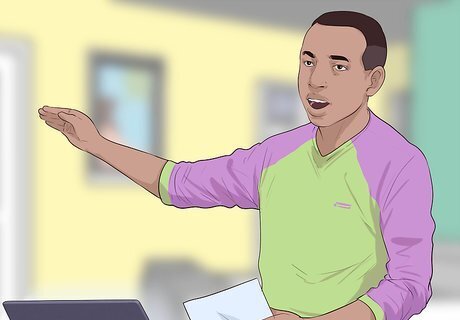
Practice the presentation alone. Before practicing in front of others, it can be helpful to practice on your own. The key here is to practice as though it were the real thing. Doing so will help you identify any major problems with your presentation. Try to make this practice as realistic as possible. Stand up next to your presentation, as you plan to stand during the real thing. You might not have access to a projector, but you can still stand next to your computer for practice. If you are using a different visual presentation, set it up in the way that you plan to use it during the presentation. For example, hang your poster board on the wall. In your first trial runs, you may find that you have to stop to fix major problems or to make notes of things you want to say. This is OK to do, but try not to get in the habit of stopping every time you have a problem. Practicing helps to work out issues, but it also helps you practice getting past mistakes as smoothly as possible.
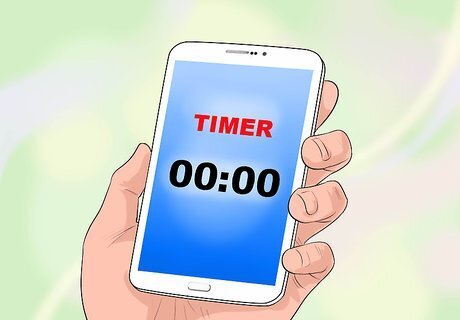
Use a timer. Even if your teacher has not assigned a maximum or minimum time limit, it is a good idea to time the presentation. This way, you will know how long your presentation is, and will also help you see whether or not you are consistently giving your presentation each time you practice. You can use the timer on your phone or a stopwatch. If you don’t have either of those, try doing a Google search for “stopwatch” and you can use the built-in one on the Google search page. Alternatively, you can also just make a note of the time when you start the presentation and then see what time it is when you end the presentation. Don’t forget to factor in a few minutes for potential questions!

Memorize what you want to say. While you are practicing your presentation, do your best to work on memorizing what you want to say, and when you want to say it. Your presentation will be a lot better if you aren’t constantly looking down at note cards or searching a piece of paper to figure out what you want to say next. Keep in mind that memorizing, in this case, doesn’t mean having a word for word script in your head. Instead, it means that you know what you are presenting well enough to do it without the use of note cards. It’s OK if you say things a lit bit differently each time you practice the presentation as this will make you seem confident and natural. If your teacher has said it’s OK, you could consider writing down a few points that you’re having trouble remembering on a small note card.
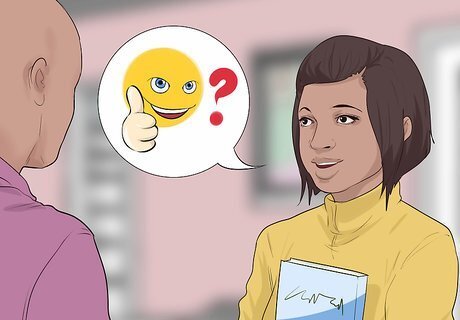
Ask your parents for feedback. Ask your parents or another family member if you can practice your presentation on them. Tell them that you would like them to look for anything that is unclear in your presentation, any nervous habits you might have while giving your presentation (e.g. fidgeting with your hands), and anything else that you can improve for your actual presentation. Keep in mind that if your parents are the type that think everything you do is perfect then they may not be very critical of your presentation even though it would help you. On the other hand, if you have extremely critical parents, try to take everything they say in moderation, and remember that they just want you to do well.
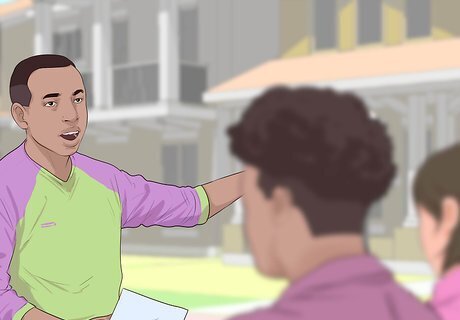
Consider giving the presentation in front of a trusted friend. It can be helpful to get feedback from different people. If you have a friend or classmate who is also giving a presentation ask them if she can help you practice, and offer to help her with her presentation in return. If you don’t have a classmate you want to ask, then ask a friend who you trust to be helpful with the presentation. Avoid asking a friend who you know will not take the task seriously.
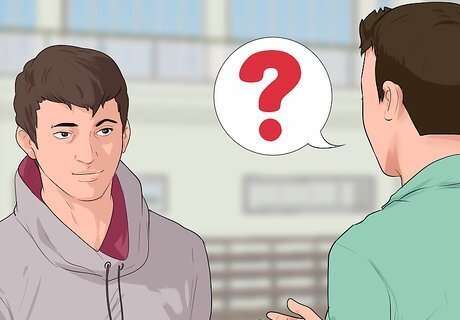
Have people ask you questions. Ask the people that are practicing with to try and come up with different questions about the content of your presentation. Your teacher or peers may want to ask questions about your topic at the end of your presentation so it’s a good idea to have a bit of practice with this. You may not be able to answer every question that is thrown at you, and this is OK. If you get a question that you don’t know the answer to, do your best to tell them what you do know, and tell them you will find out the rest of the answer and get back to them.
Giving the Presentation
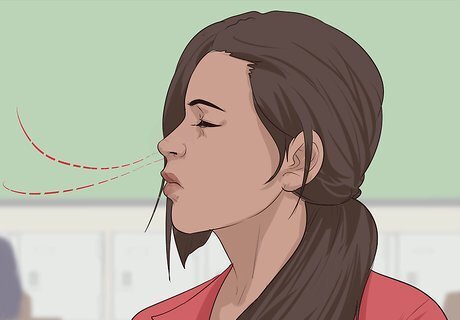
Manage nervousness right before presentation. There are a few things you can do before the presentation to help calm your nerves — many of which you can even do right at your desk. Try breathing deeply; silently repeating affirmations (such as "I can do this. I'm going to do a great job"); or using positive visualization (imagine yourself giving your presentation successfully and knocking it out of the park). These strategies can help you settle your nerves and go into your presentation feeling calm and collected.

Offer to present first. By going first, you get your presentation out of the way. You won’t have to sit through the rest of the class worrying about your presentation. People are also less likely to remember the first presentations. If your presentation doesn’t go well your teacher is more likely to forget your mistakes if he has seen many other presentations. If you really don’t want to go first, try to go second or third. The earlier you can get your presentation out of the way, the better.
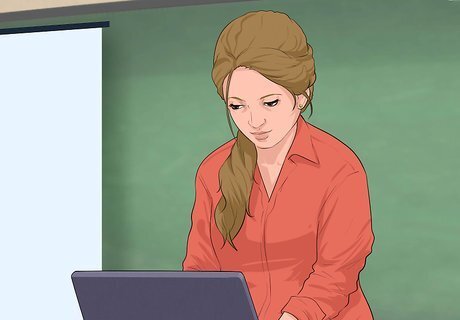
Set up your materials. Your teacher will probably allow you a few minutes to get set up for your presentation. During this time, open up your file on the computer (or set up your poster board of flip chart), make sure your note cards are in order (if you have them), and make sure that your clothes are in order (check that your pants aren’t unzipped). During this time, take a few deep breaths and reassure yourself that you’re going to do great. You’ve done everything you need to do to make your presentation go well.
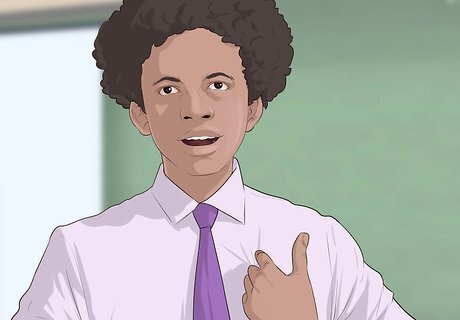
Introduce yourself and what you will be talking about. If you are in a very big class, it is possible that not everyone knows your name; therefore, it is a good idea to say something like, “Hi everybody, if you don’t already know my name, I’m [your name]. Today, I will be presenting about…” Don’t go into too much detail when introducing the topic of your presentation, but try to get your listeners interested quickly. For example, if you are presenting about how to choose a college, you could say something like, “You may think that where you go to college isn’t that important; however, you probably don’t realize that where you go to college will have a huge impact on your life. It will have an impact on where you live, who you meet, and most importantly whether or not you can get the job you want.”

Speak slowly and enunciate clearly. If you have practiced enough, this shouldn’t be difficult; however, some people talk too quickly and too quietly when they get nervous. Try to remind yourself to talk slowly and loudly enough so everyone can hear you. If you’re using an electronic presentation, you can use each new slide as a chance to stop for a few seconds and recognize whether you are speaking slowly and loudly enough for everyone to hear.
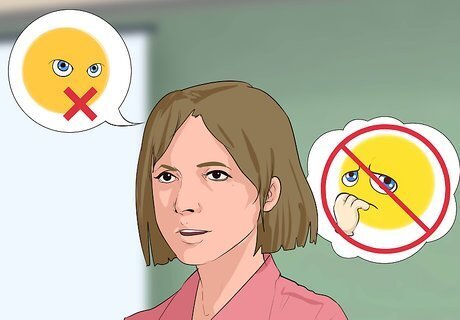
Don’t panic if you make a mistake. Even the best presenters make mistakes sometimes. If you do make a mistake or stumble over a word, don’t let that ruin the whole presentation. If you need to, take a few seconds to regroup, and start again where you left off. If the mistake was small, chances are that nobody even noticed it. If they did notice, they probably didn’t care too much. Remember that your teacher probably isn’t out to get you, and they won’t get mad at you for making a mistake. You can also make a joke out of the mistake. For instance, if you stumble over the pronunciation of a word, then purposely mispronounce the next word or two after that and really get the room laughing. Smile and laugh about it yourself — being able to laugh at yourself shows confidence. Then continue with the presentation.
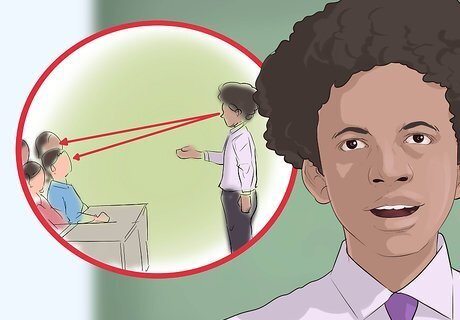
Make eye contact. Try to look around the room and make eye contact with various listeners for a few seconds. Don’t forget to also make eye contact with your teacher. During presentations, some people get nervous and seem to be staring at one point in the room or at the ground, which can be distracting for some people. If you are able to make eye contact for a few seconds with several different people over the course of your presentation, you will be giving the impression that you are relaxed and confident. Don’t forget to smile!
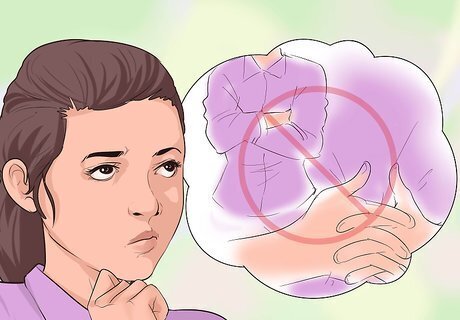
Be aware of your body language. It might be hard to remember everything you want to say while also worrying about what you are doing with your body, but do your best to be aware of what you’re doing with your hands, and how you’re standing. For example, it’s OK to use hand gestures, but don’t overdo it. Use hand gestures where they fit naturally into what you’re saying. Avoid crossing your arms or your feet; this gives the impression that you are not open to your audience. Don’t fidget with your hands. When you are not gesturing, you can clasp them together gently in front of you or simply let your arms hang at your sides. You don’t have to stand glued to one spot in the room, but don’t move around too much or too quickly. Remember that you are trying to convey a confident attitude.

Thank everyone for their time and attention. Once you make it to the end of the presentation, pause for a few seconds to signal to everyone that you have finished. Then end the presentation by saying something like, “This concludes my presentation. I want to thank all of you for listening so attentively. Are there any questions?” If your teacher has instructed that there will be no question and answer portion, then leave out the part where you ask if anyone has questions. Having a few closing remarks will bring the presentation to a more natural and less awkward close than if you simply stop talking and go to sit down at your desk.



















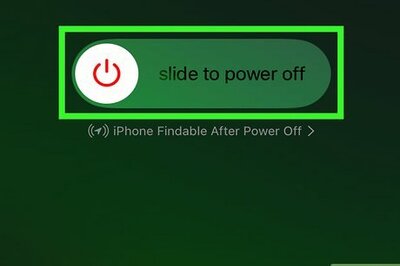
Comments
0 comment